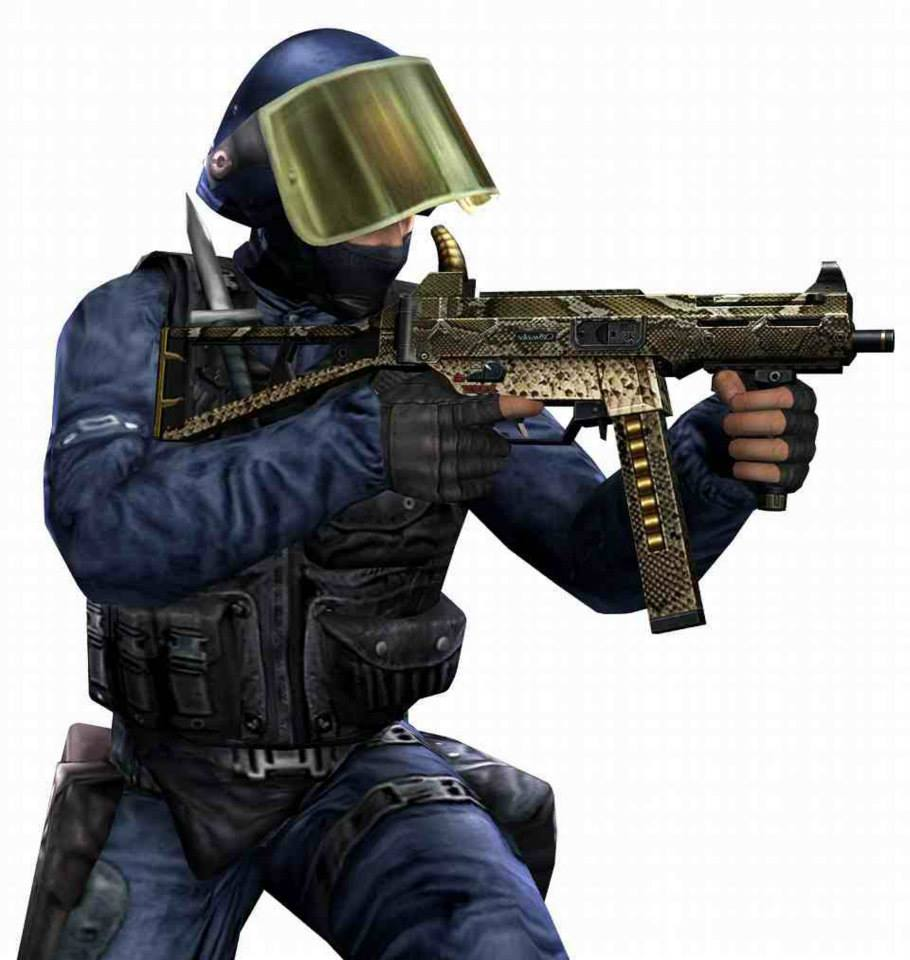

imagine being able to sling a ball of "really hot stuff" at something that's moving.

plasma does all sort of nasty things to all sorts of materials, not to mention splash damage on impact. Now - if we really want to head off topic - Directed plasma energy weapons - now that is fun in a bun. aside from that, punching holes in things is pretty damaging in and of itself. Sad thing is, it isn't that hard to scatter laser rays. it uses the missiles own fuel to destroy it. Which is why it works so awesome on a missile or similar. At the end of the day, a laser simply heats a surface. One of the drawbacks with lasers is that darn pesky inverse square law as relating to energy, irradiation surface, and absorbency of the intervening medium. So, I guess the hand-hold railgun in the future should be either a hypersonic "needler" type(with a heat-resistent bullet), or a multi-purpose grenade launcher type. If not, the bullet may meltdown halfway in the flight. I'm not sure if any material can resist such a high temperature. As I know, hypersonic flight in the air will cause significant aerodynamic heating, up to several thousand degrees.

And it should be a needle-shaped one to keep it's sectional density, or it'll slowdown very quickly.Īnd that lead to 2nd problem, heat. As a railgun has no way to use a muzzle break or something like that, shooting such a gun must be uncomfortable. As the recoil force mostly comes from the momentum of the projectile, that means a typical 150gr.308 bullet shot our with 12700fps MV will generate recoil force roughly equal to a 700gr.50 BMG bullet with 2700fps MV. That means when using grenade-type projectiles, you can shot it out with a high-velocity, flat trajectory though a window within your line of sight, or with a low-velocity, highly curved trajectory to some bad guys behind a house or something.īut anything looks good must have some drawbacks.ġst of all, the recoil. All the user need to do is aim and shot, then see the hypersonic bullet tear his target apart.Īnother important feature is the MV of a railgun is highly adjustable. That means it can achieve 10000fps, or even 20000fps MV, and make the time of flight so short that the range and speed of the target is no longer important. The most important advantage of railgun is it has no limitation at the maximum muzzle velocity of the projectile. Though beam weapons face similar energy storage problems, they are the first step of a new class of weapon rather than a (likely) last step in an old weapon. Army femtosecond laser that they have been running on the ground in the middle east, or the new ship mounted laser weapon that was just deployed. Then there is bypassing the projectile entirely and simply focus that same (or less) energy on a beam weapon, such as the U.S. There are really two schools of thought here:įirst is to advance the technology that powers ballistic projectiles to a new level. Despite the improvements in battery technology, it remains the holy grail for auto companies and others.īut by the time some of this technology comes on line, the world may have moved on. The materials front is surely solvable in a few years (I have access to expert information on that one) but the energy storage challenge will be a long road to overcome. As expressed earlier, it will take new strides in materials technology and energy storage to enable a portable/handheld/shoulder fired rail gun.


 0 kommentar(er)
0 kommentar(er)
